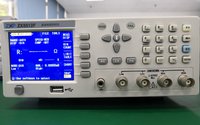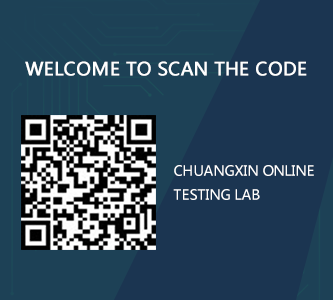RISC-V Billion Chip Era: Restructuring and Opportunities in the Electronic Components Industry
Date:2025-08-18 14:45:00 Views:2507
Recently, according to data from the RISC-V International Foundation, the global shipment of chips based on the RISC-V architecture exceeded 10 billion in 2024, with China contributing over 50% and 30% applied to AI acceleration scenarios. This data marks RISC-V's official entry into the world's top three instruction sets (alongside x86 and ARM), and its open-source and customizable features are reshaping the technological roadmap and competitive landscape of the electronic components industry.

From the perspective of technological autonomy, RISC-V's zero licensing fee model directly reduces chip design costs. Traditional ARM and x86 architecture chips require a patent fee of 2.5% -15% of the selling price, while RISC-V reduces the cost of domestic MCU, SoC and other chips by 10% -20%. At the same time, the modular nature of RISC-V gives developers greater freedom. Alibaba's Damo Academy's Xuantie TITAN supports a 512-4096 bit scalable vector engine, and Quanzhi Technology's R128 chip ships over ten million units annually, flexibly adapting to fragmented scenarios such as floor cleaning robots and motion cameras, driving the explosion of customized chips.
The industrial chain pattern has therefore undergone a reshuffle, with China shifting from a technology "follower" to an ecological "leader". The accelerated rise of domestic IP and EDA tools: Xinlai Technology's NA900 has become the world's first RISC-V CPU IP to pass ISO 26262 ASIL-B/D certification, and Jingxin Technology's AX66 processor IP has performance approaching ARM Cortex-A78, promoting the localization of domestic toolchains. The production capacity of the manufacturing end is synchronously tilted, and foundries such as SMIC and Huahong are shifting their 28nm/14nm production capacity to RISC-V chips. By 2024, domestic RISC-V chips will account for more than 40% of global shipments, and the annual growth rate of microcontrollers will reach as high as 42%, forming a complete industrial chain loop from design to manufacturing.
The explosion of application scenarios further confirms the industrial value of RISC-V. In the field of AI acceleration, 30% of RISC-V chips are used for inference scenarios, and Tenstorrent's Blackhole AI chip adopts a heterogeneous design of "16 large cores+752 small cores", with a computing power of 745TOPS; ZTE Microelectronics achieves efficient interconnection between CPU and GPU through Chiplet technology, reducing the inference cost of large models by 35%. Automotive electronics has become a strategic highland, with mass production of automotive grade MCUs such as the Zijing M100 and Dongfeng DF30, adaptation of Huawei HarmonyOS and Tongxin UOS systems, and accelerated deployment of RISC-V cockpit chips by international car companies such as Bosch and Tesla, driving domestic car chips from "replacement" to a new stage of "definition".
The global shipment volume of RISC-V chips has exceeded billions, which is not only a milestone in technological evolution, but also a catalyst for the transformation of the electronic components industry. It requires enterprises to transform from "single product providers" to "ecological co builders", seizing the opportunity in the wave of open source through strategies such as technology customization, ecological collaboration, and policy adaptation. In the future, RISC-V will deeply integrate with technologies such as AI and quantum computing, driving the electronic components industry towards a more open, intelligent, and sustainable new era.




 Weixin Service
Weixin Service

 DouYin
DouYin
 KuaiShou
KuaiShou





















